Ceramics Quiz - Vocab terms - Quiz 2
1/27
There's no tags or description
Looks like no tags are added yet.
Name | Mastery | Learn | Test | Matching | Spaced |
|---|
No study sessions yet.
28 Terms
Clay Body
mixture that makes up a clay type
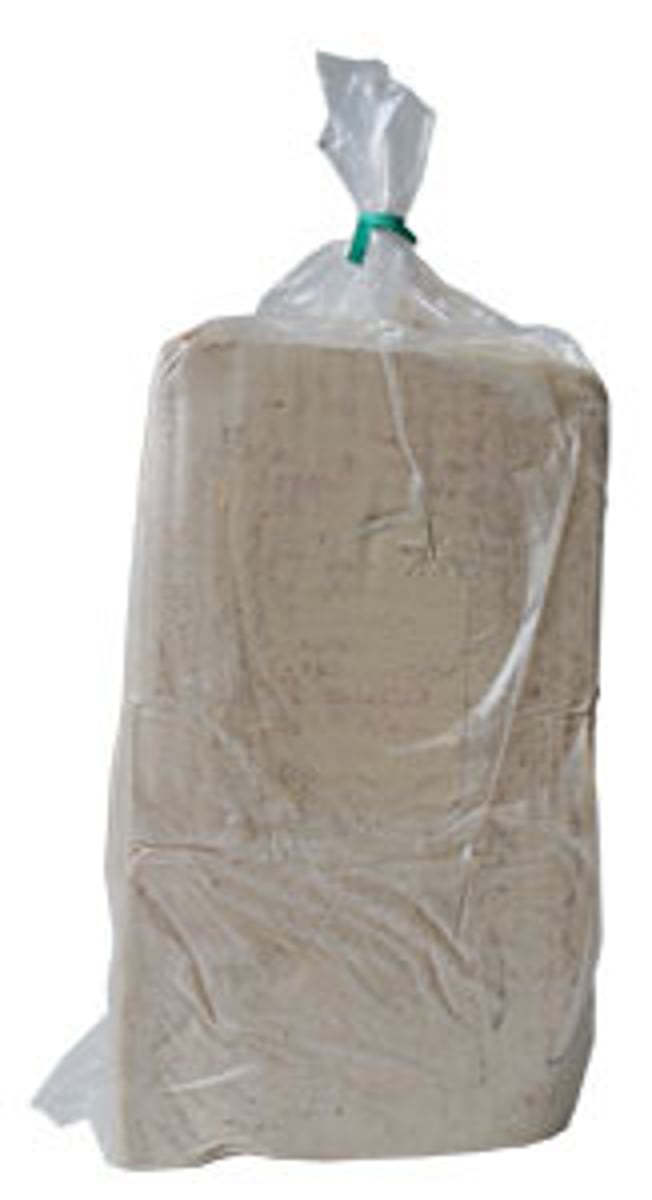
Plasticity
what makes clay flexibly and stretchy
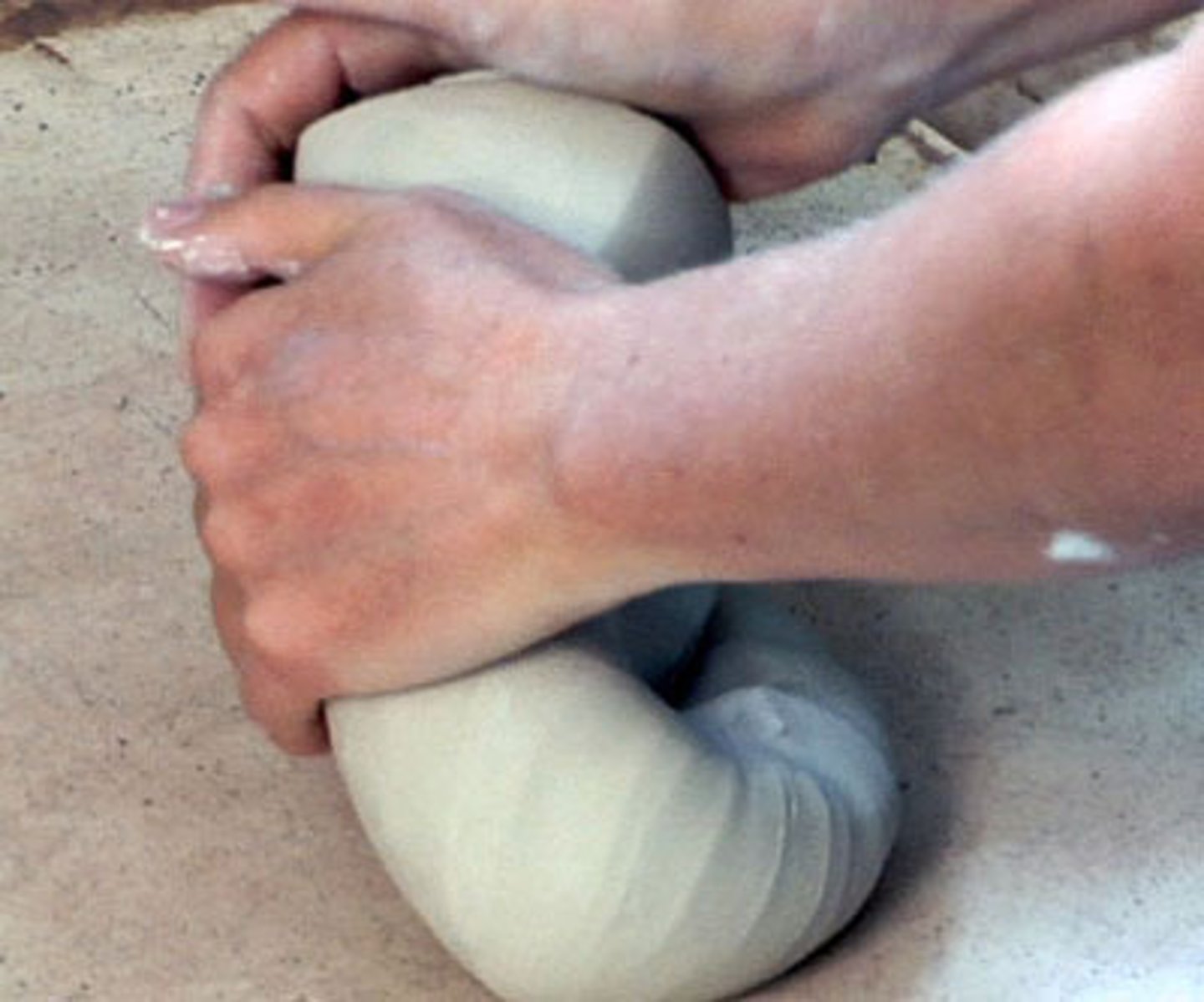
vitrification
the stage during firing when a clay or glaze loses its porosity and transforms into a hard, nonabsorbent, glasslike state
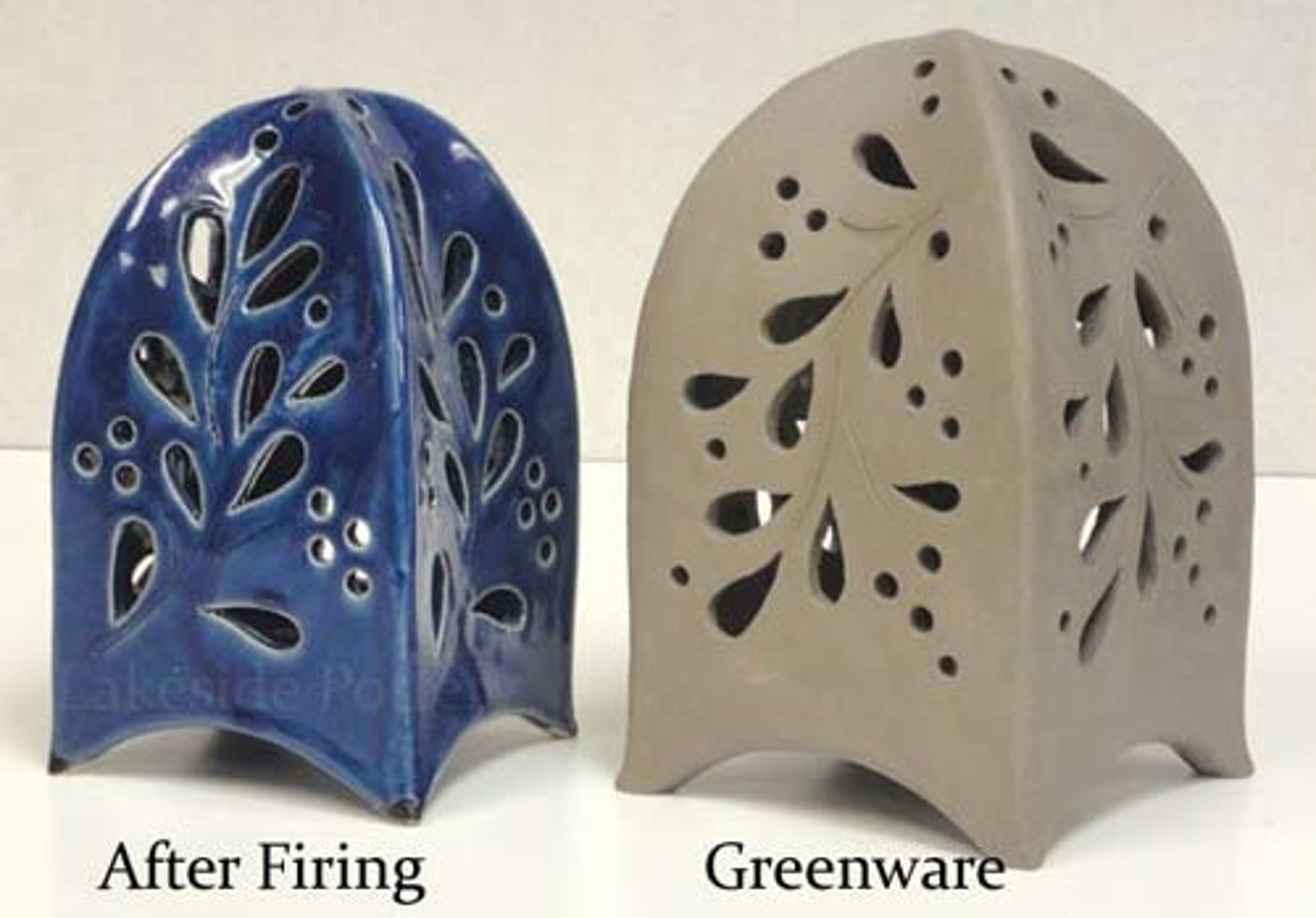
wet clay
moist clay that is soft and easy to shape
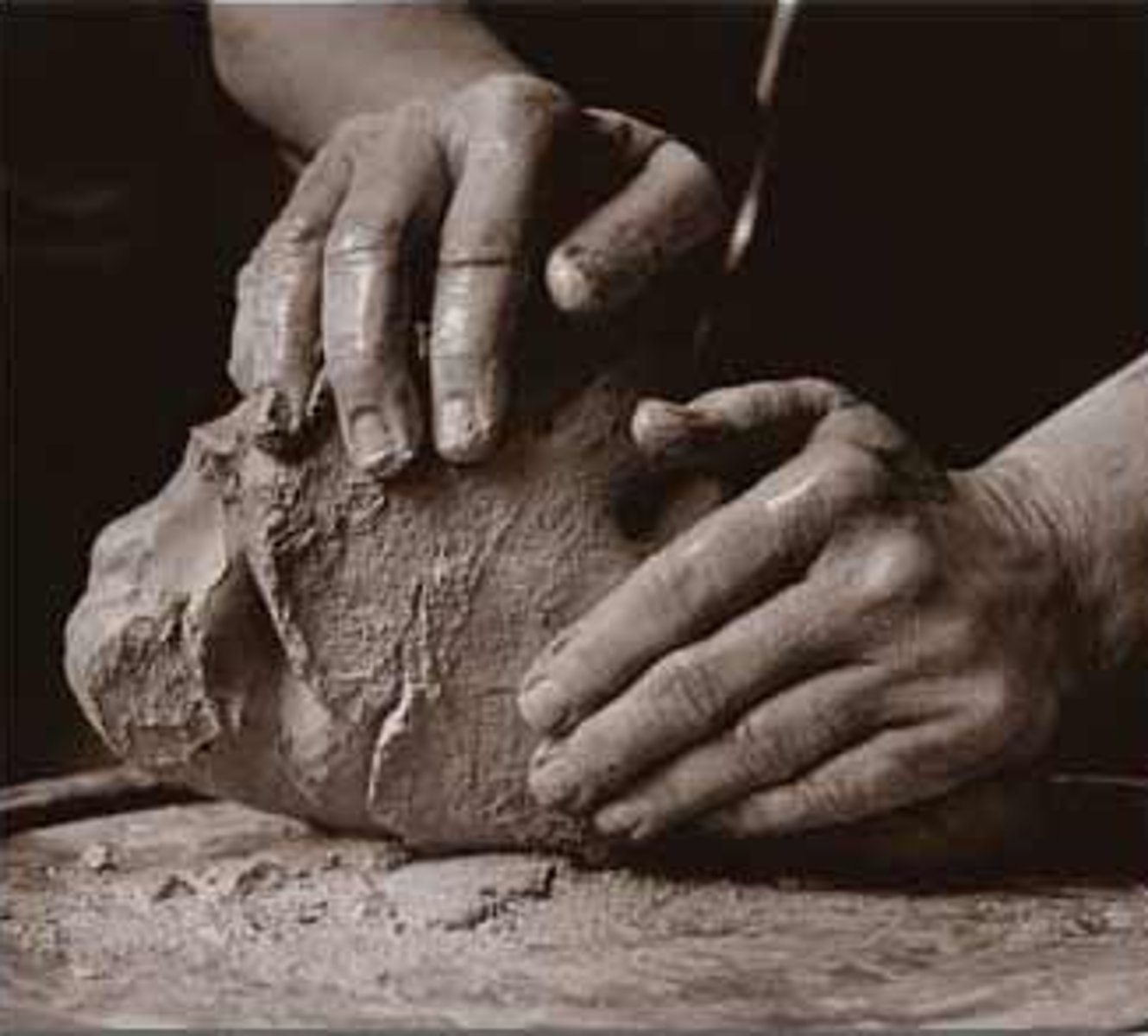
bone dry
stage of drying when moisture in the clay body has evaporated so the clay surface no longer feels cold
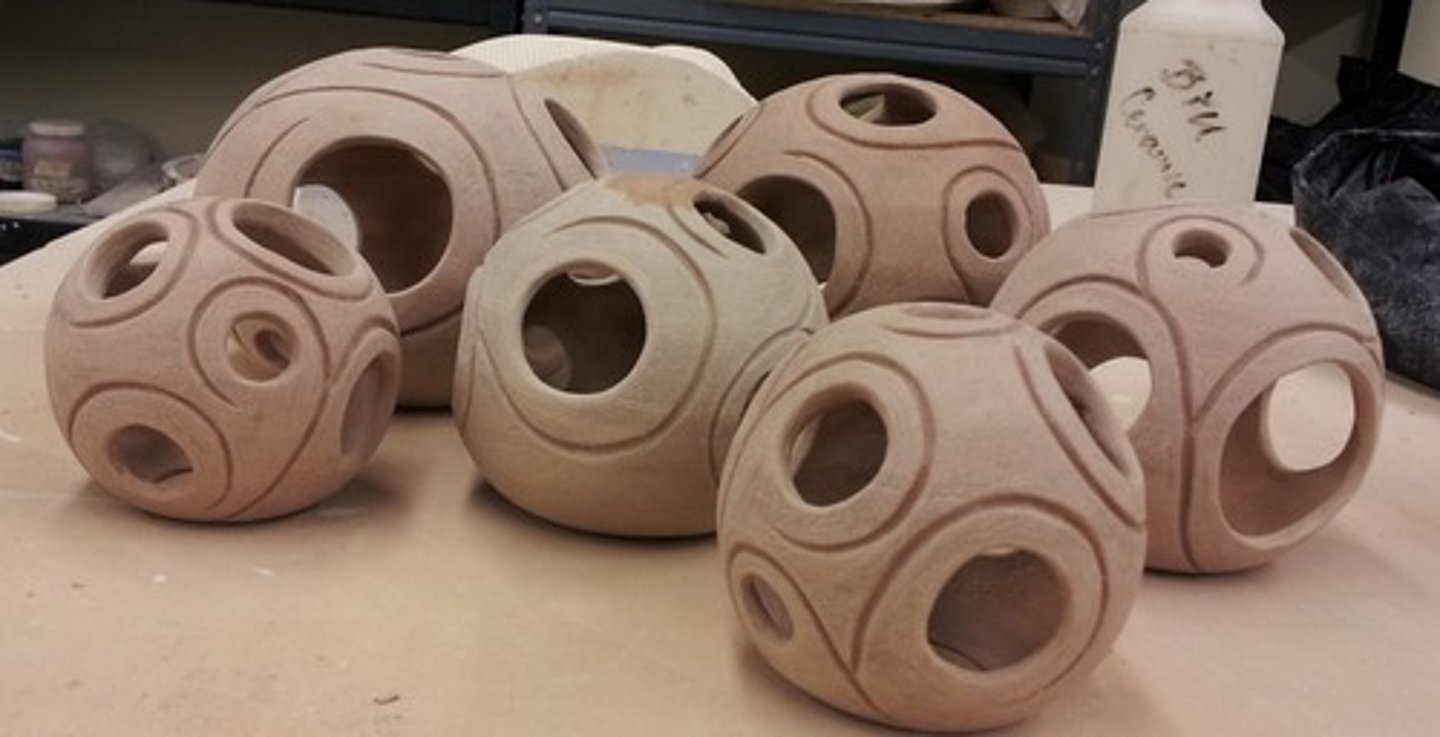
leather hard
A damp condition of the clay when it is too firm to bend yet soft enough to be carved.
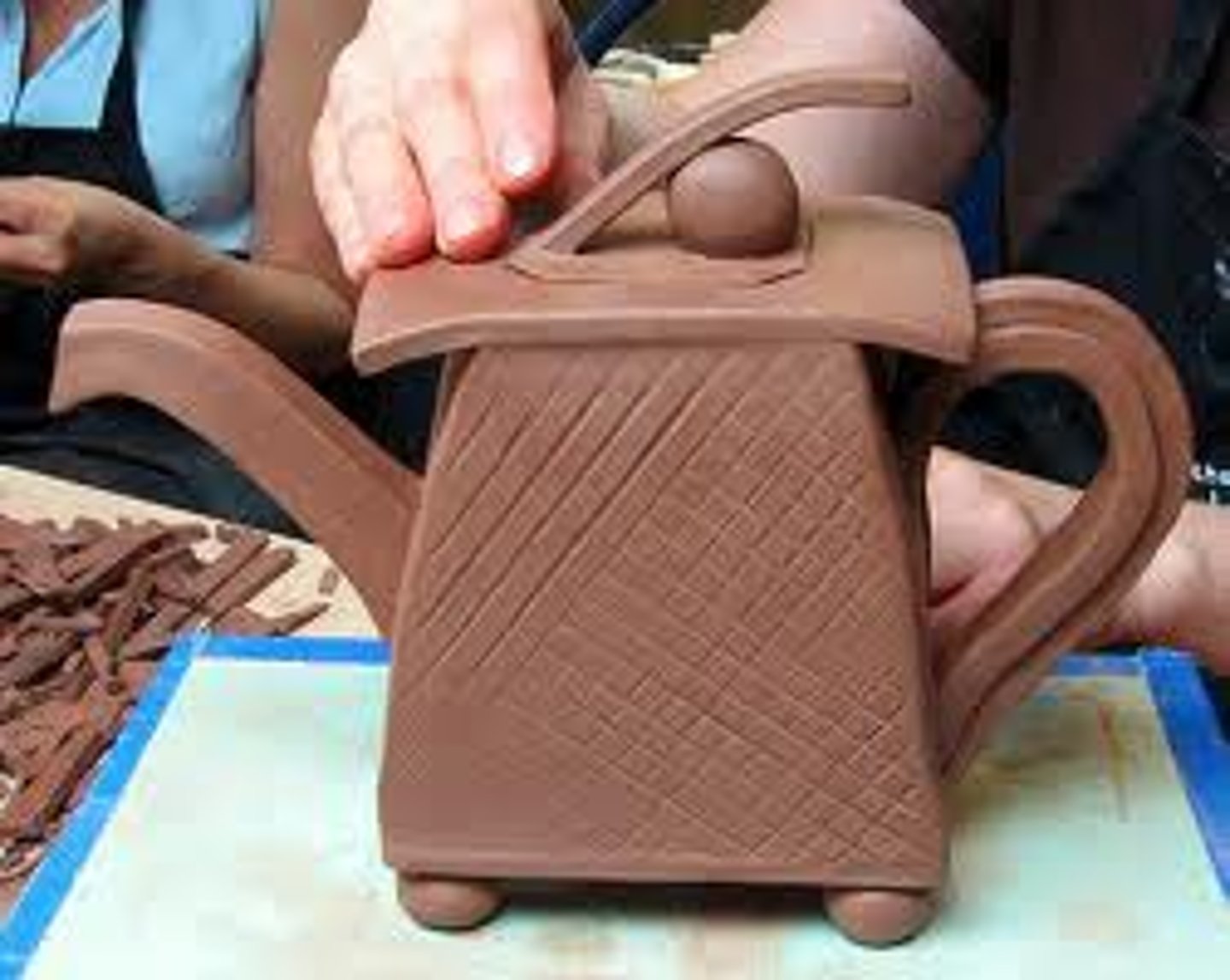
bisque/bisque firing
unglazed ceramic ware that has been fired at a low temperature to remove all moisture from the clay body and to make handling easier during glazing; the first firing; turns clay to stone
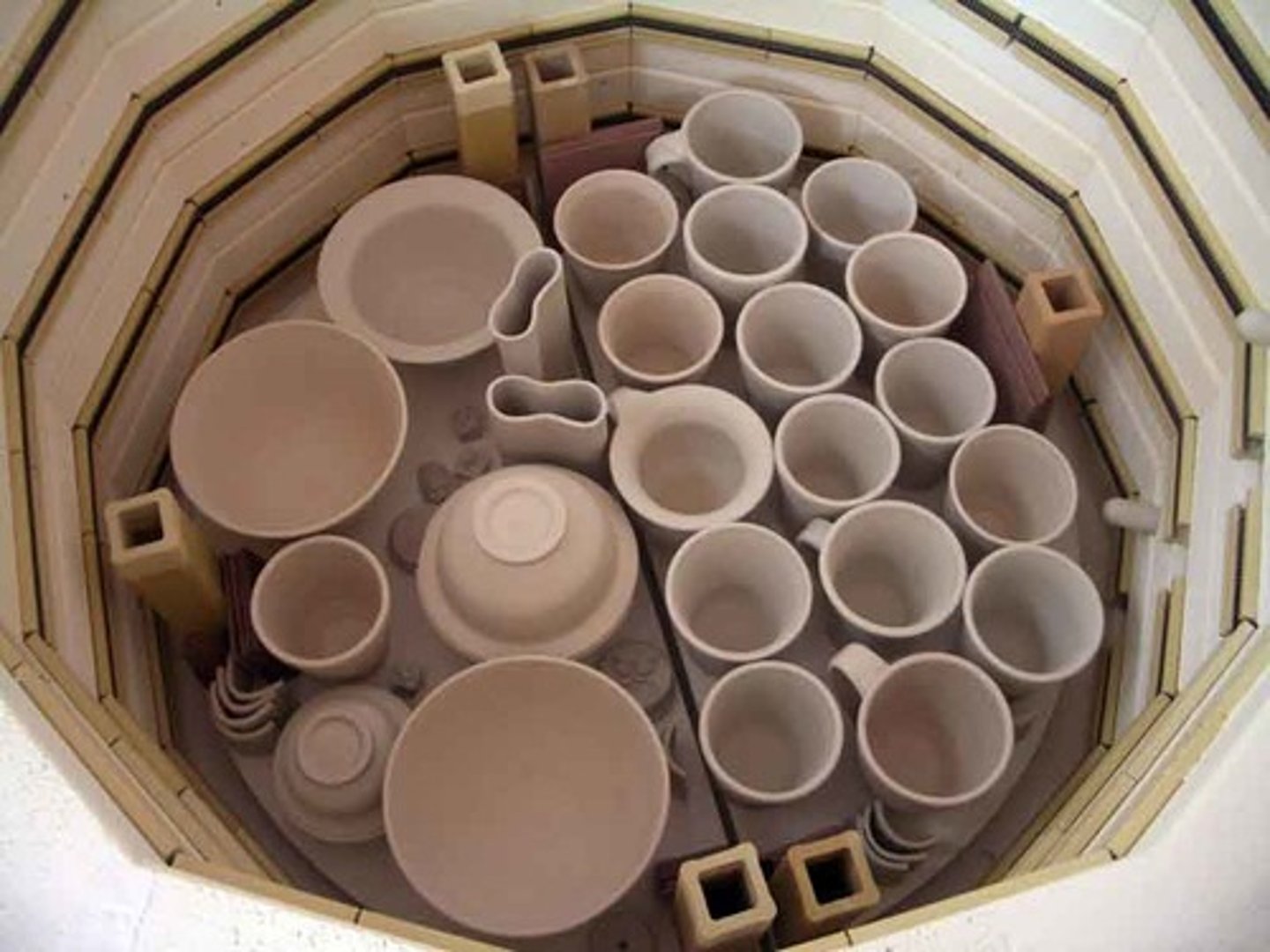
glaze firing
Typically the second firing of a piece pottery which has been coated with glass forming materials. The approximate temperature of this firing 2,200.
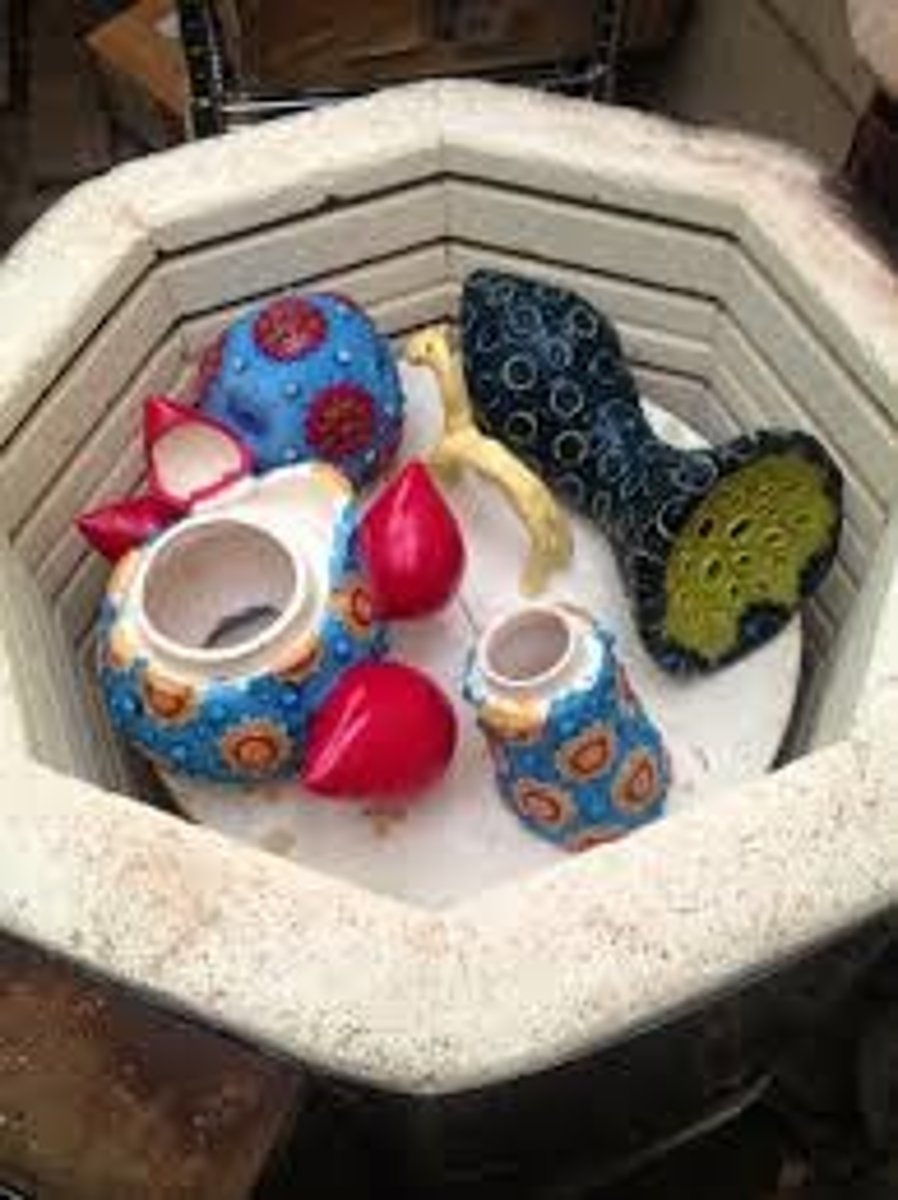
oxidation firing
Oxygen rich atmosphere inside the kiln. Causes desirable chemical reactions in the clay body and glazes. For example: Copper oxide turns green in an Oxidation firing. Usually done in an electric kiln.
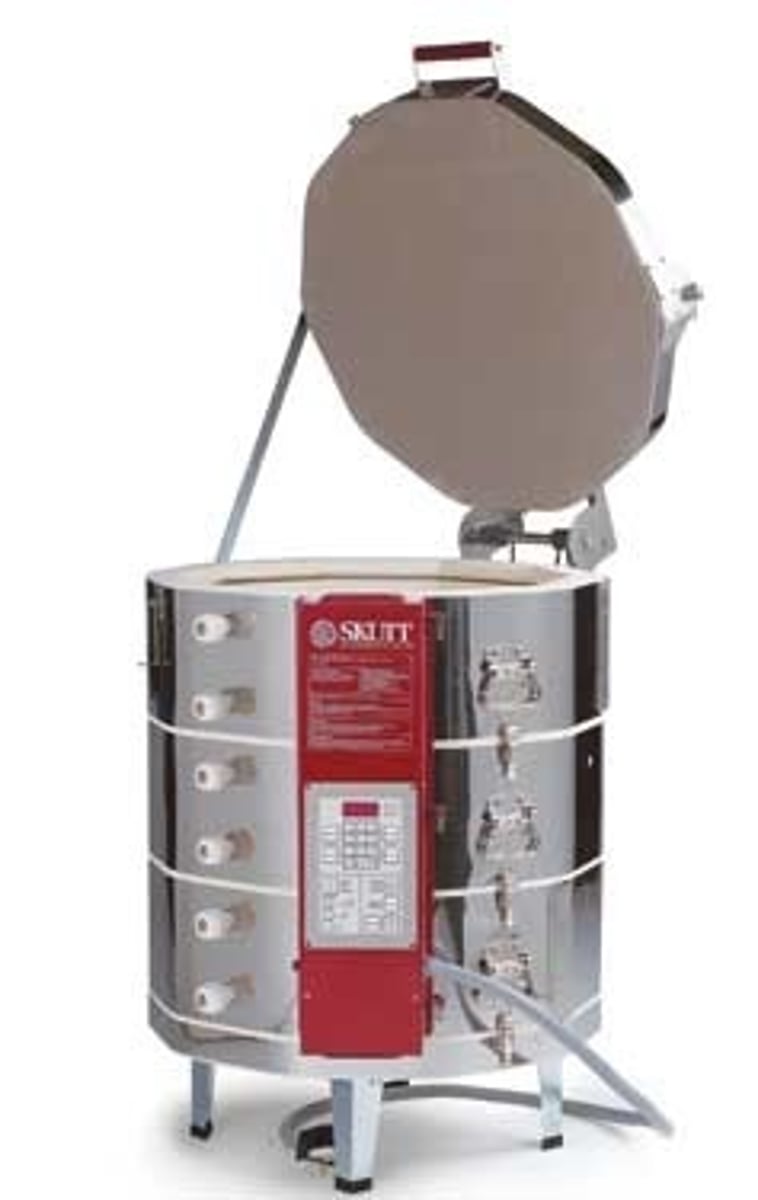
Reduction Firing
reduces the amount of oxygen in a kiln
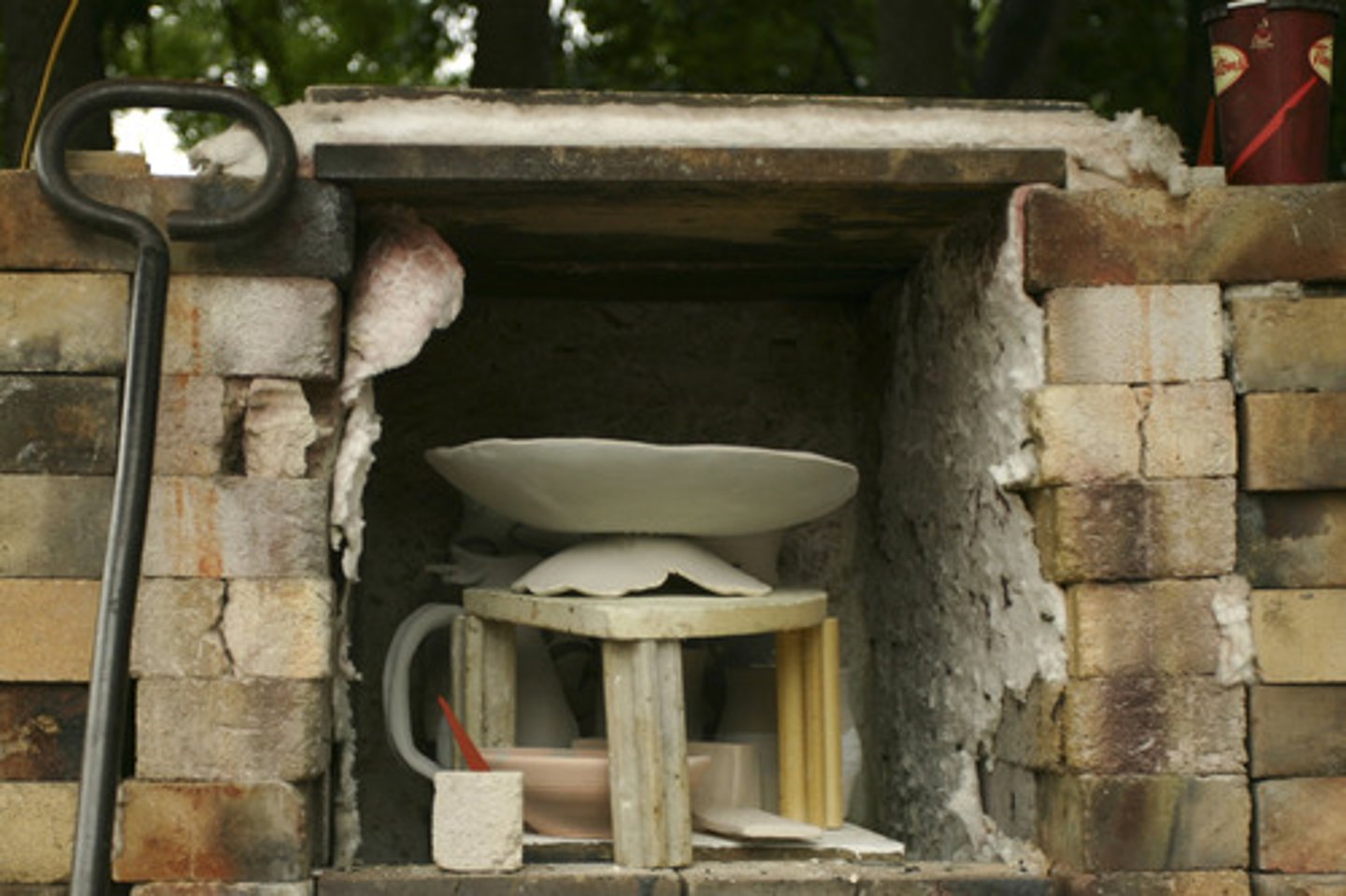
soda firing
A firing in which soda ash is added to the hot kiln during firing and is circulated through the air, leaving a shiny finish on all fired objects.
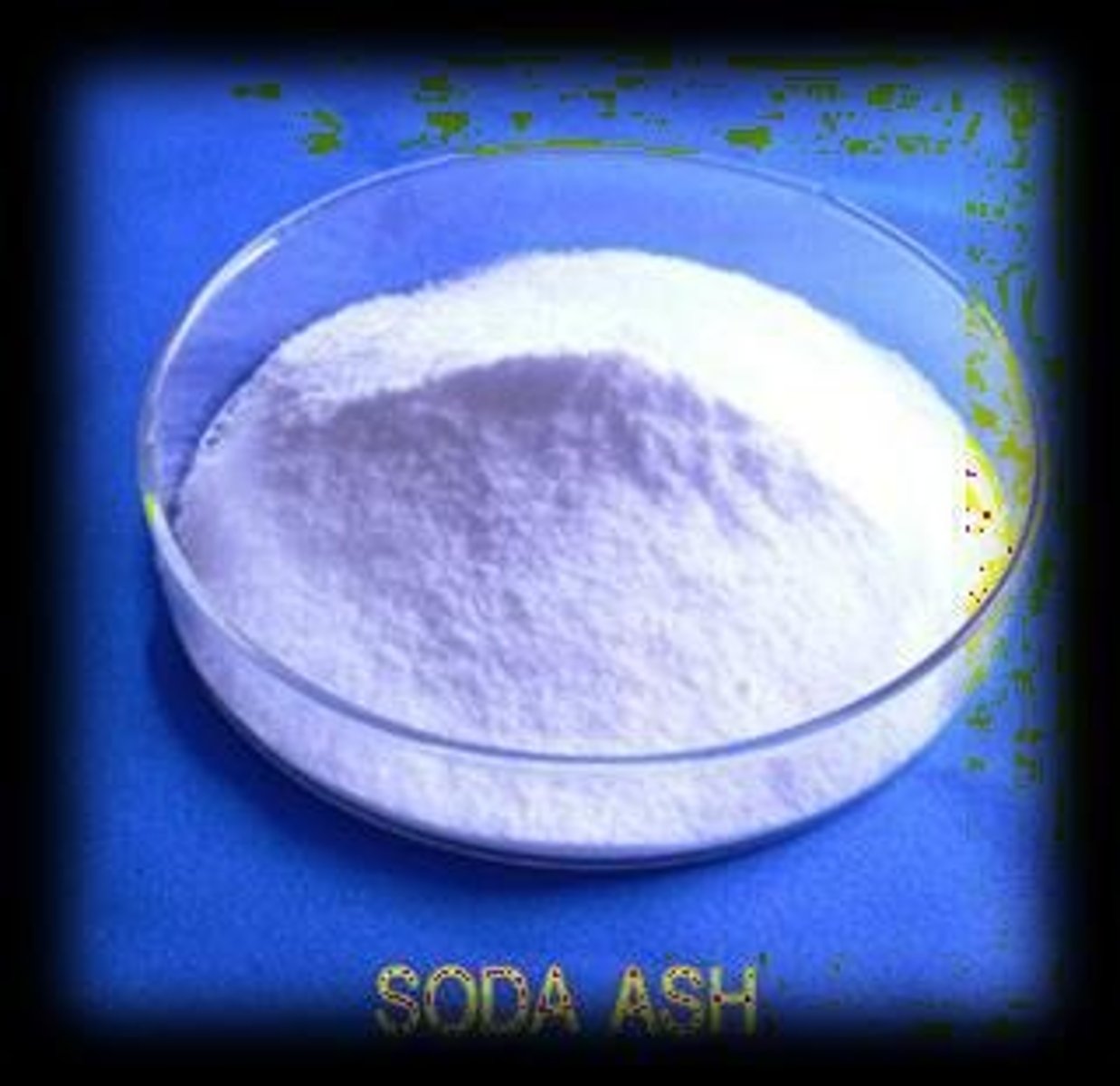
wood firing
Wood ashes during firing are blown through the kiln by the draft of the fire, when settled on ware a glaze form on it's surface. - changes the chemical properties of the clay
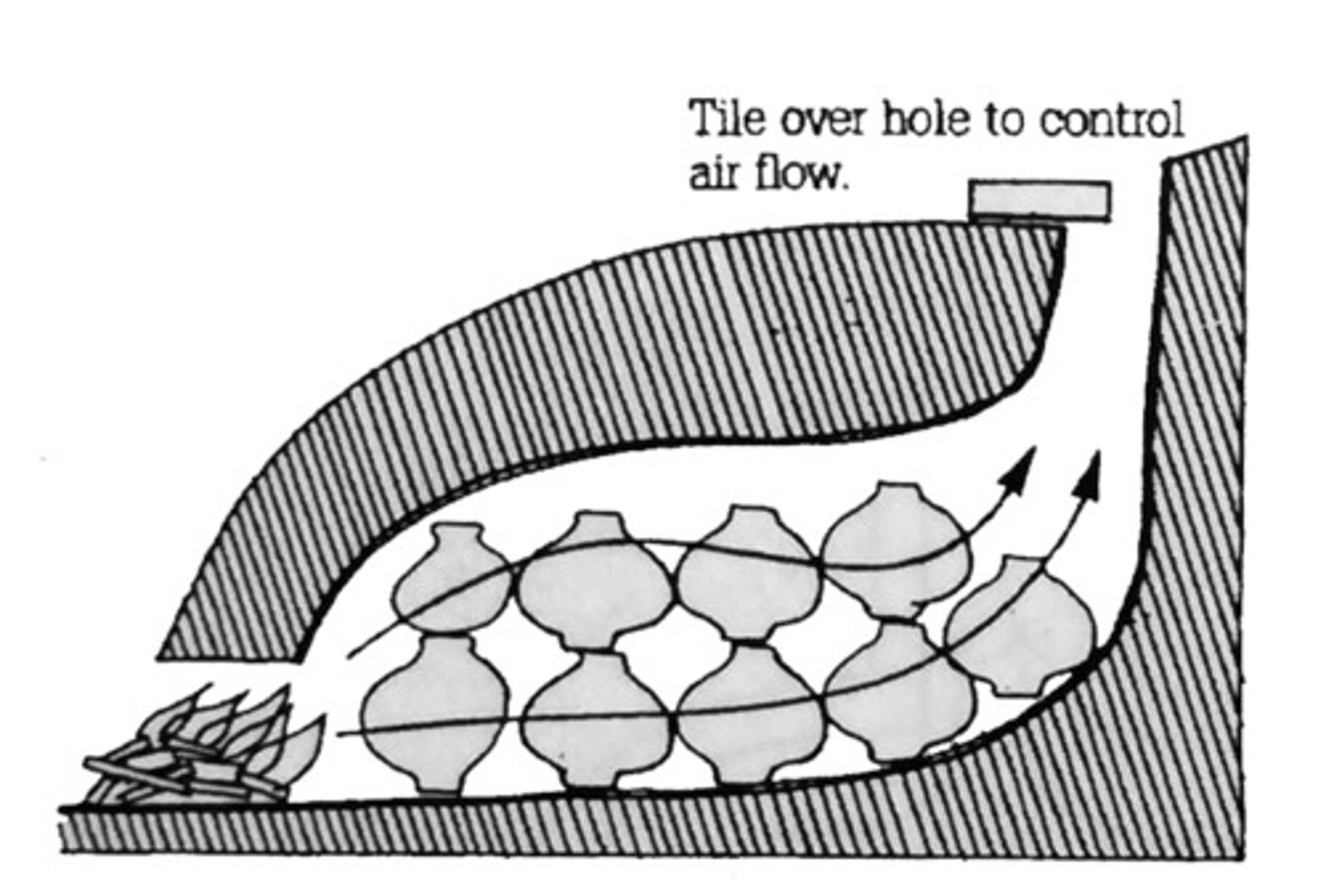
low fire
clays or glazes that are fired within the kiln temperature range of cone 015 to cone 02
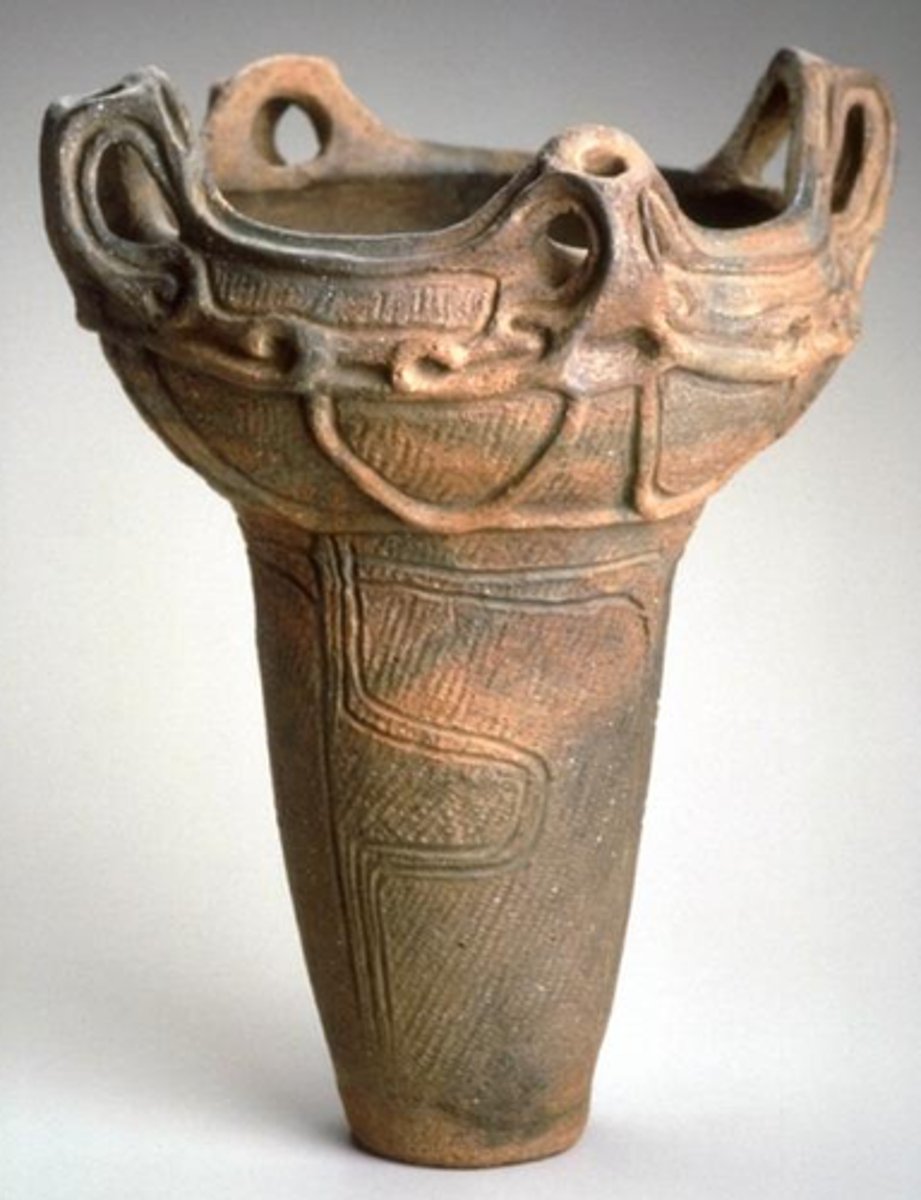
mid fire
Cone 2-7, fired to about 2088 F - 2262 F.
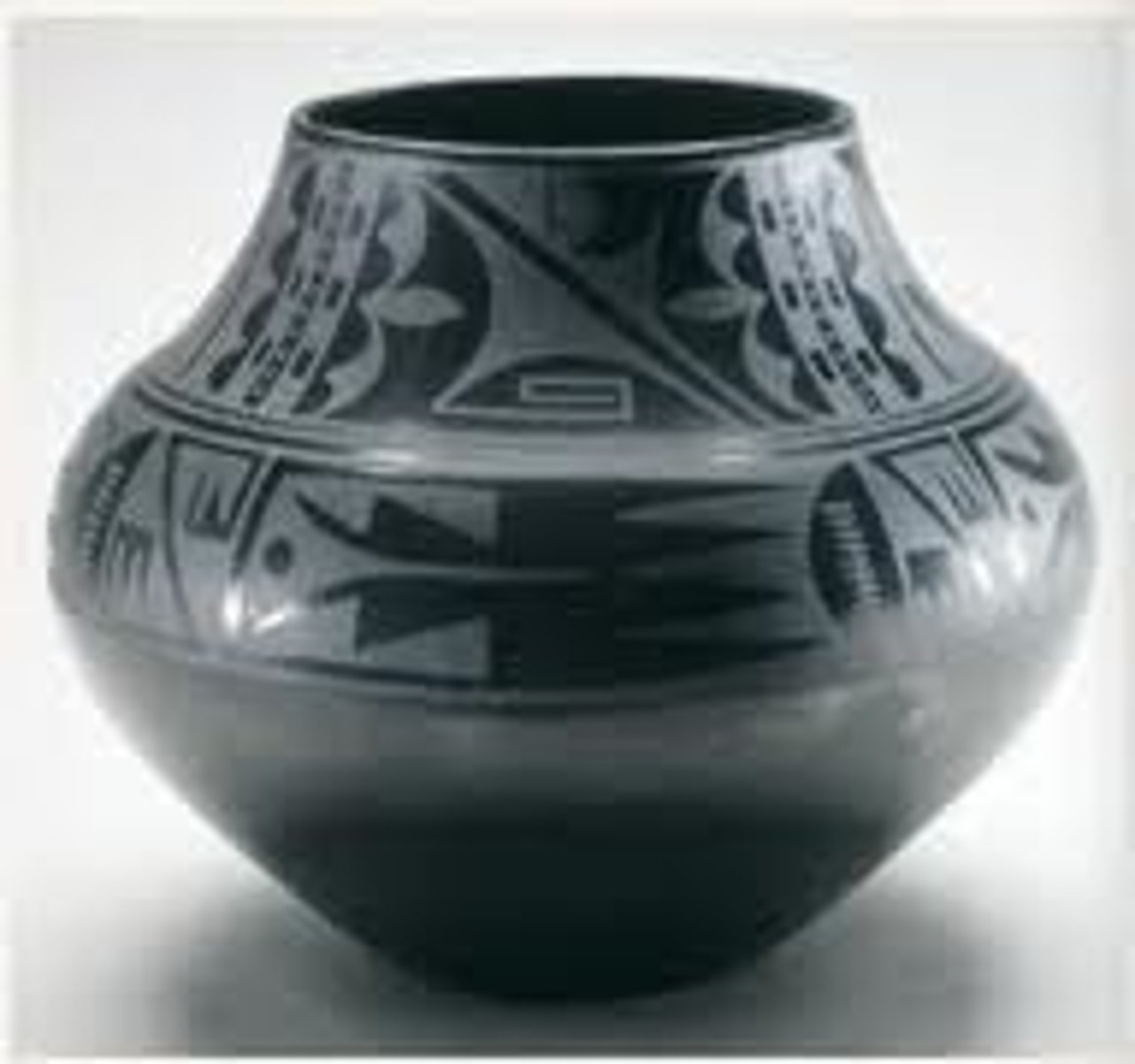
high fire
clay or glazes that are fired from cone 8 to cone 12
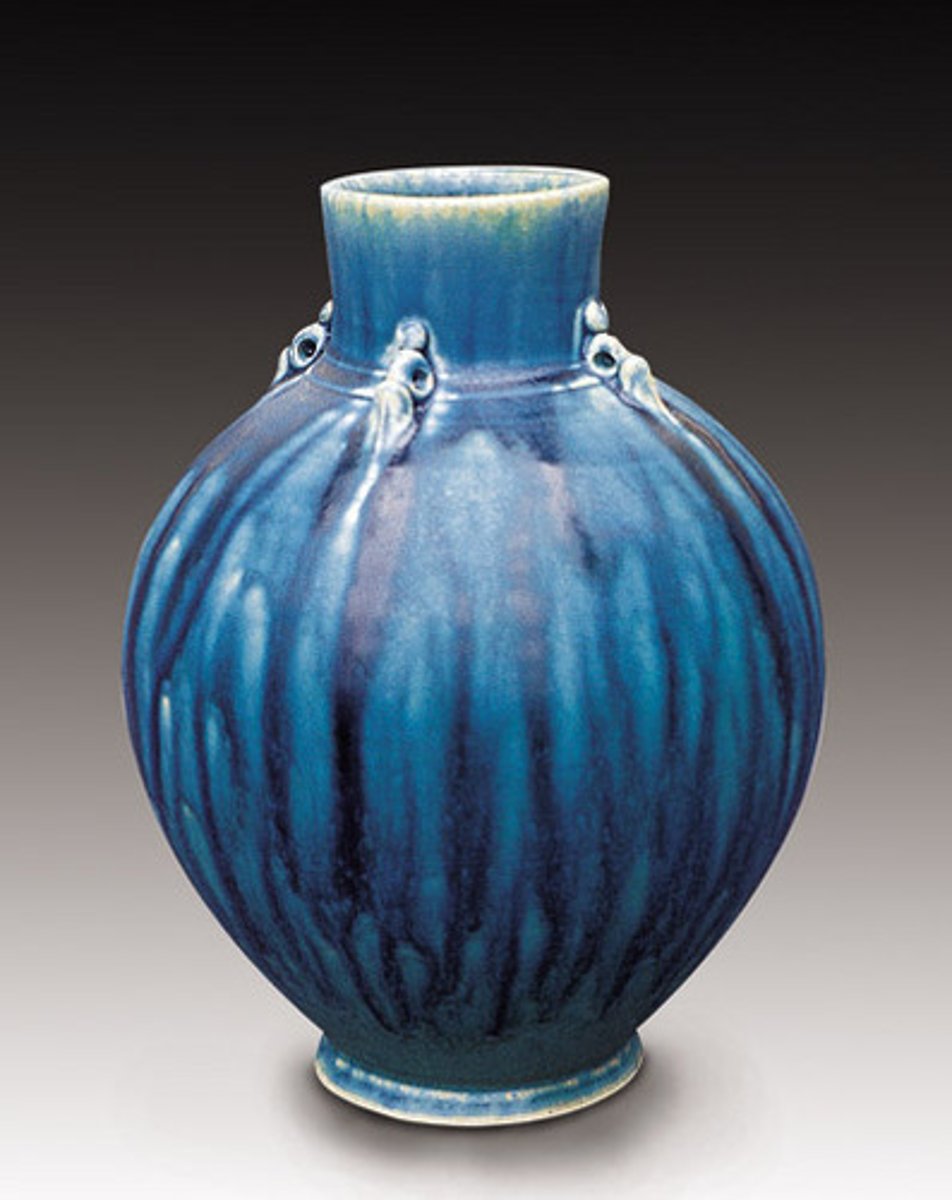
contraction rate
percentage of size reduction that occurs as clay dries and is fired in a kiln 13%-15%
witness cones
- cones designed to melt at specific temperatures
- significant difference between hot "6" and less hot "06"
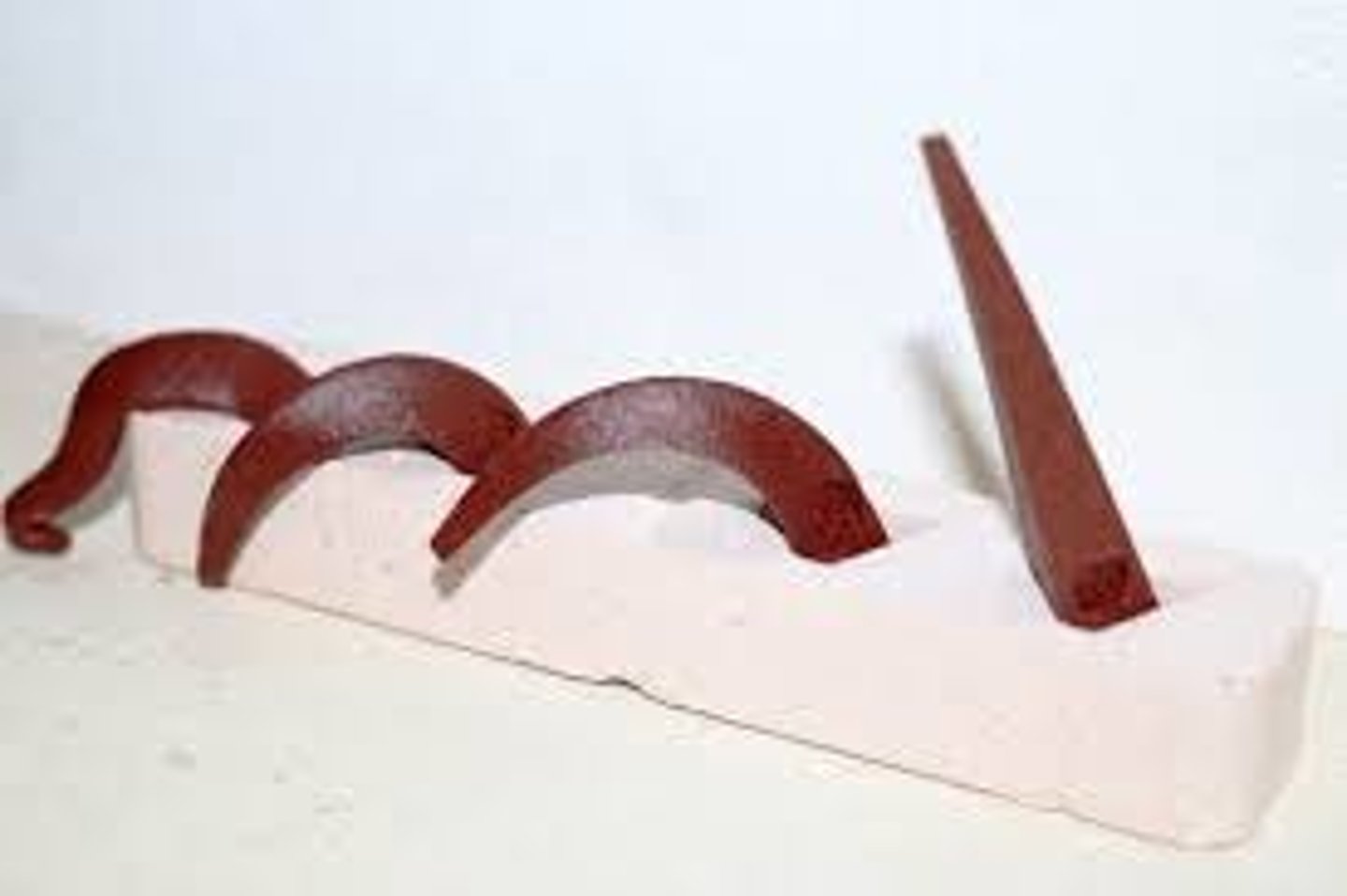
underglaze
clay, melter, binder, colorant {tinted clay} - matt finish (doesn't have glass)
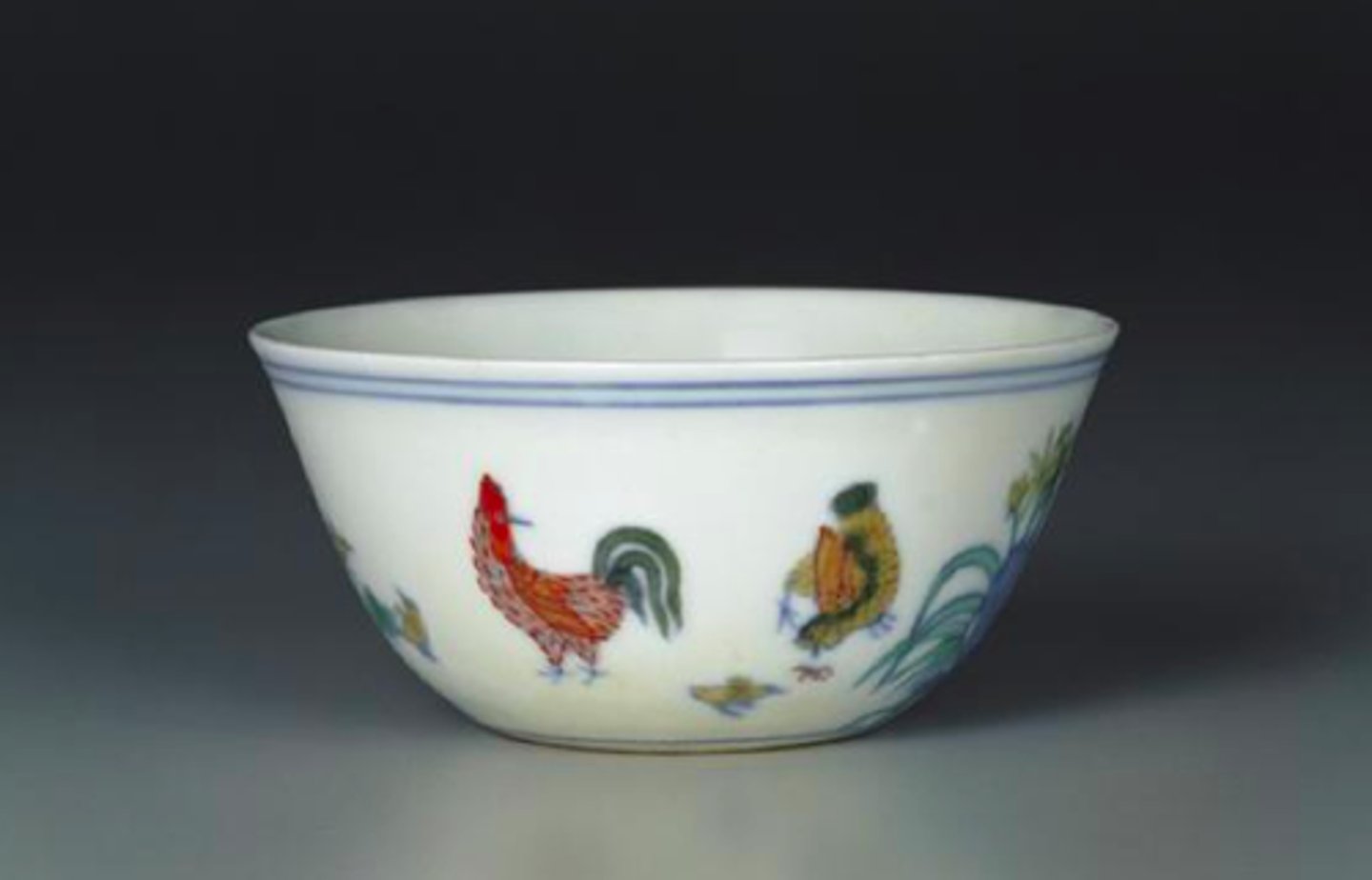
glaze
clay, melter, binder, colorant, glass former (silica) - glossy finish (has glass)
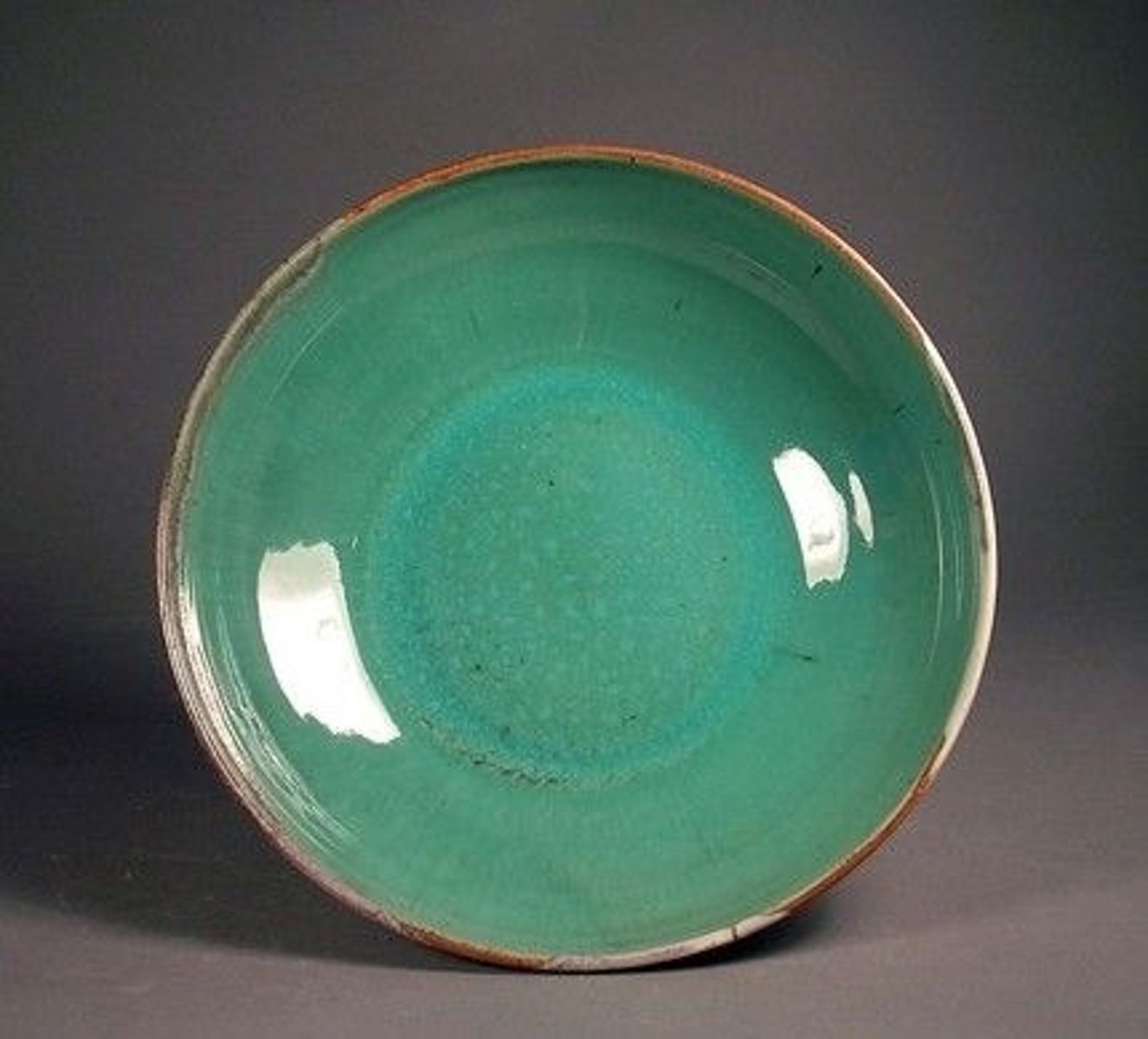
slip (joining/decorating/casting)
really watereddown wet clay
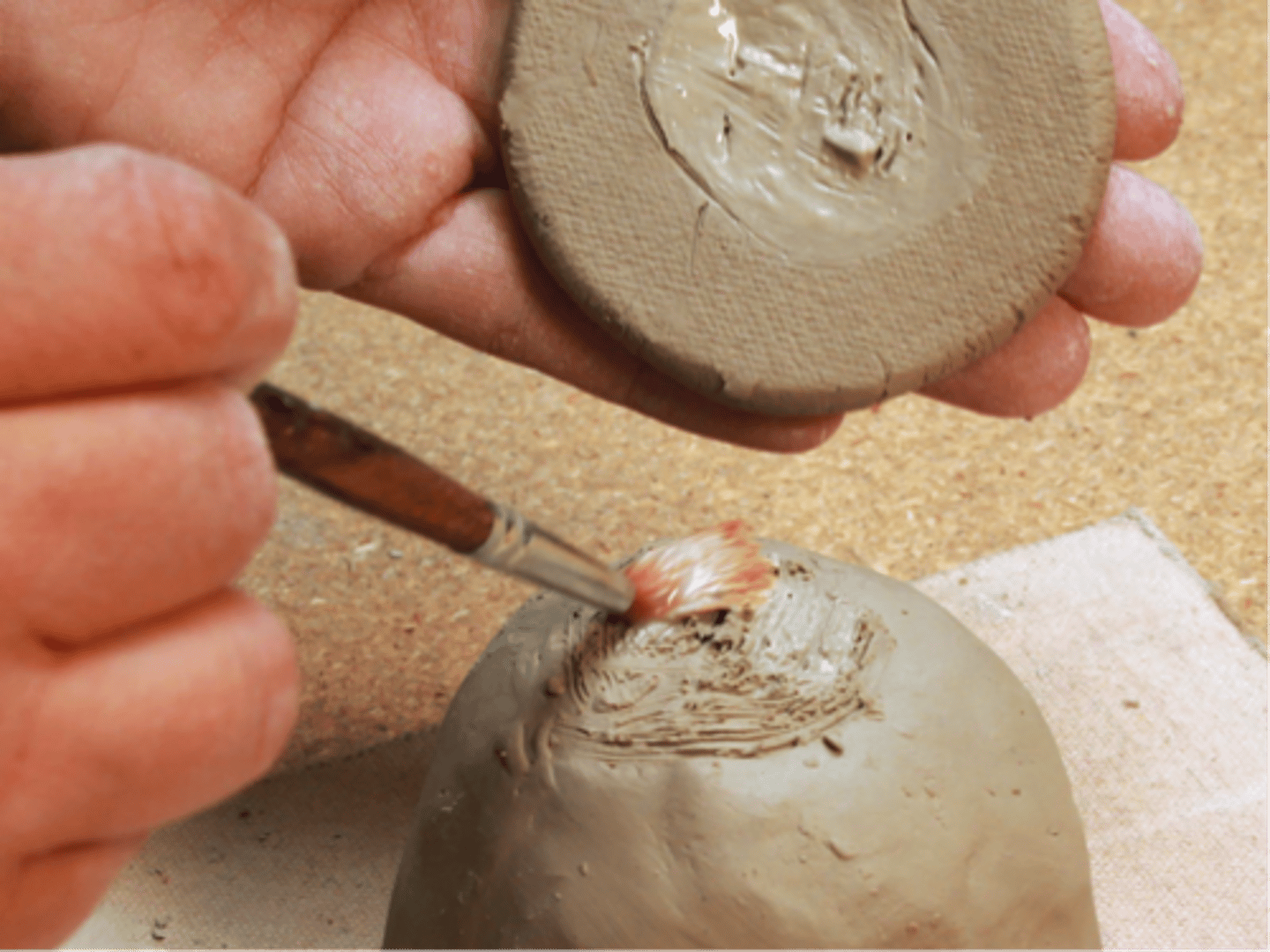
driving force to fire clay
functionality
what did people discover with wood firing
The type of wood used will change the color and properties because of the minerals in the wood and clay
when does vitrification begin
1000 degrees
bisque fired at what temp
1800 >
why are glazes like hotdogs?
Oxygen and electricity vs. less oxygen and electricity
melter
helps lower glaze firing temp
binder
helps keep the rocks/glaze dust suspended
colorant
provides the colors